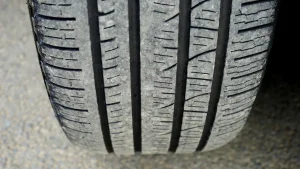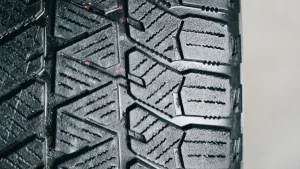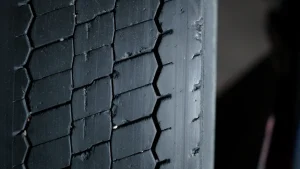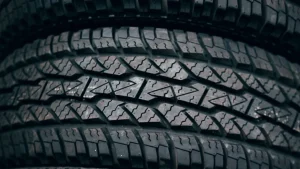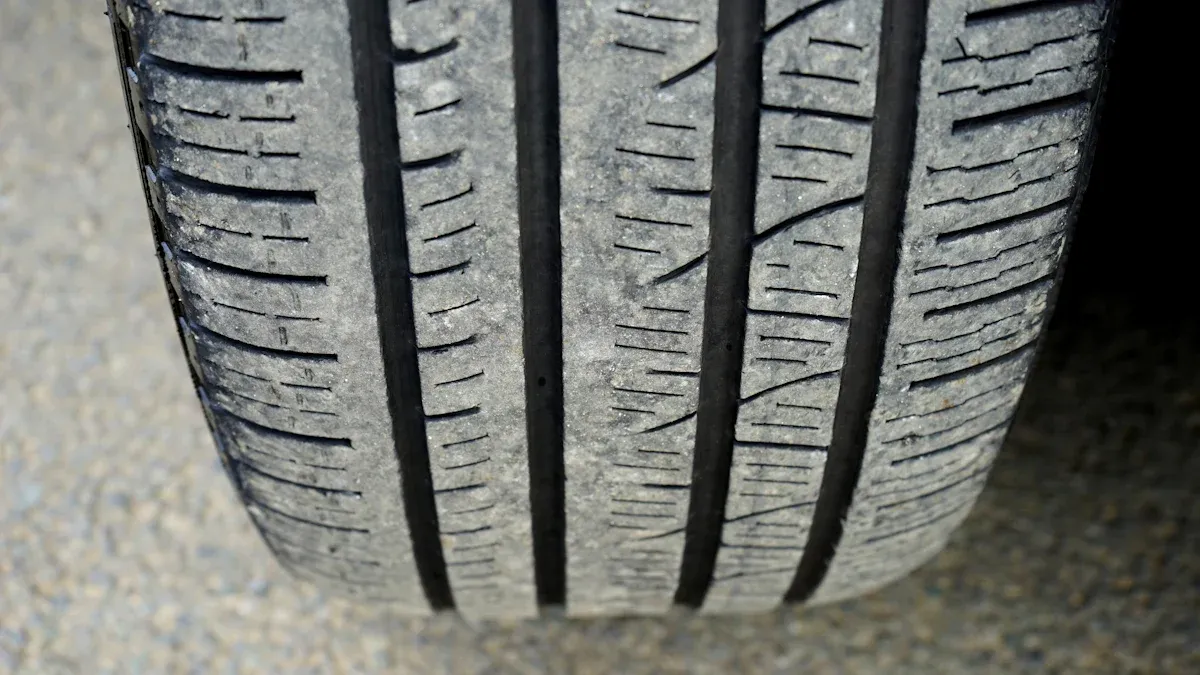
Tire tread depth is crucial for safe winter driving. If your tread depth goes below 3 mm, you significantly increase your skidding risk. Insufficient tread results in reduced grip on icy roads, which can extend your stopping distance. Maintaining adequate tread depth is essential for effective braking and ensuring your safety on the road.
Aspectos clave
Check how deep your tire tread is often. If the tread is less than 3 mm, you might skid on icy roads.
Use a tool to measure the tread accurately. This makes sure your tires are safe for winter driving.
Keep your tire pressure right and switch your tires around. These things help your tires grip better and last longer.
Tread Depth Basics
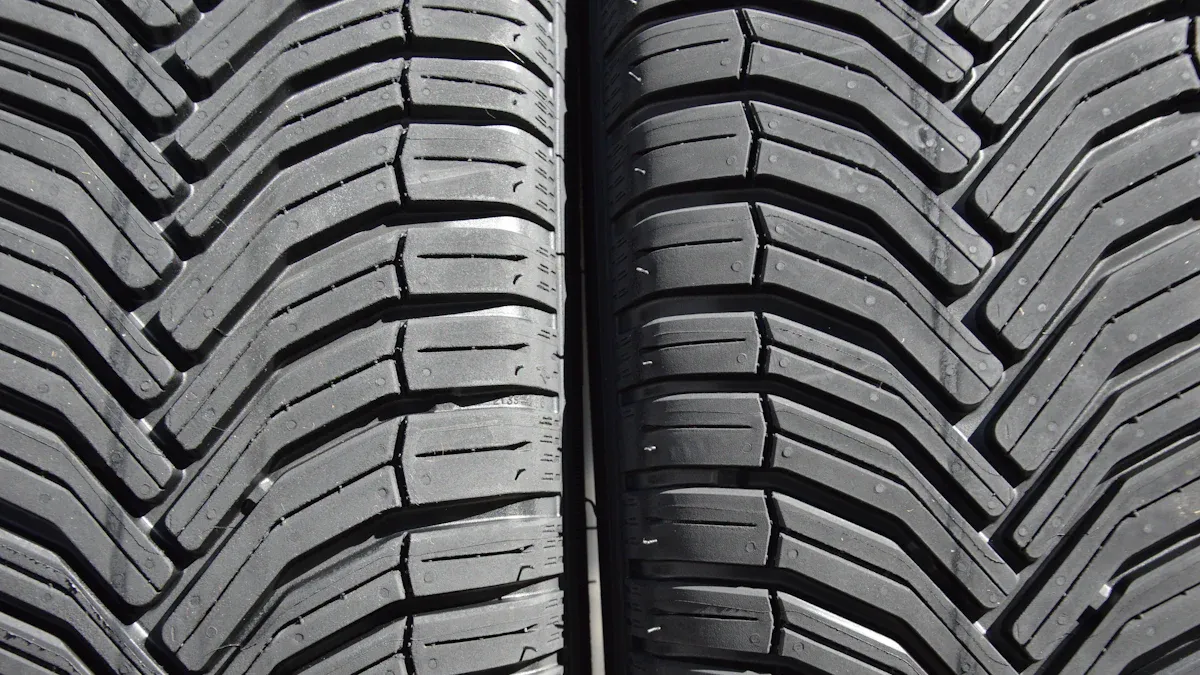
Importancia de la Profundidad del Dibujo
Tire tread depth is how deep the grooves on a tire are. This depth is very important for how well your car grips the road, especially in winter. Good profundidad de la banda de rodadura helps your tires move water, slush, and snow away from where they touch the ground.
When you drive in cold weather, your tires work best when they have enough tread depth. Here are some important points to remember:
Tread depth is key for getting rid of rainwater and slush. It also helps with grip on snow.
Tires with half-tread depth lose 14% of their snow grip. They also lose 8% of their ability to resist hydroplaning and 7% of their wet braking power.
These facts show why it’s important to keep enough tread depth. If your tread depth goes below 3 mm, you could lose control of your car on slippery roads.
Tire makers do many tests to check how tread depth works in winter conditions. The table below shows some common testing methods:
Método de prueba | Descripción |
|---|---|
ASTM F1805-20 | Tests traction for cars and light trucks on snow and ice-covered roads. |
CTI Penetrometer | Checks the compacted snow surface during traction tests. |
Temperature Conditions | Lists the needed temperatures for testing. |
Knowing how important tire tread depth is can help you keep your vehicle safe. Checking your tread depth often can stop dangerous skidding and help your car perform well in winter.
Skidding Risk with Insufficient Tread
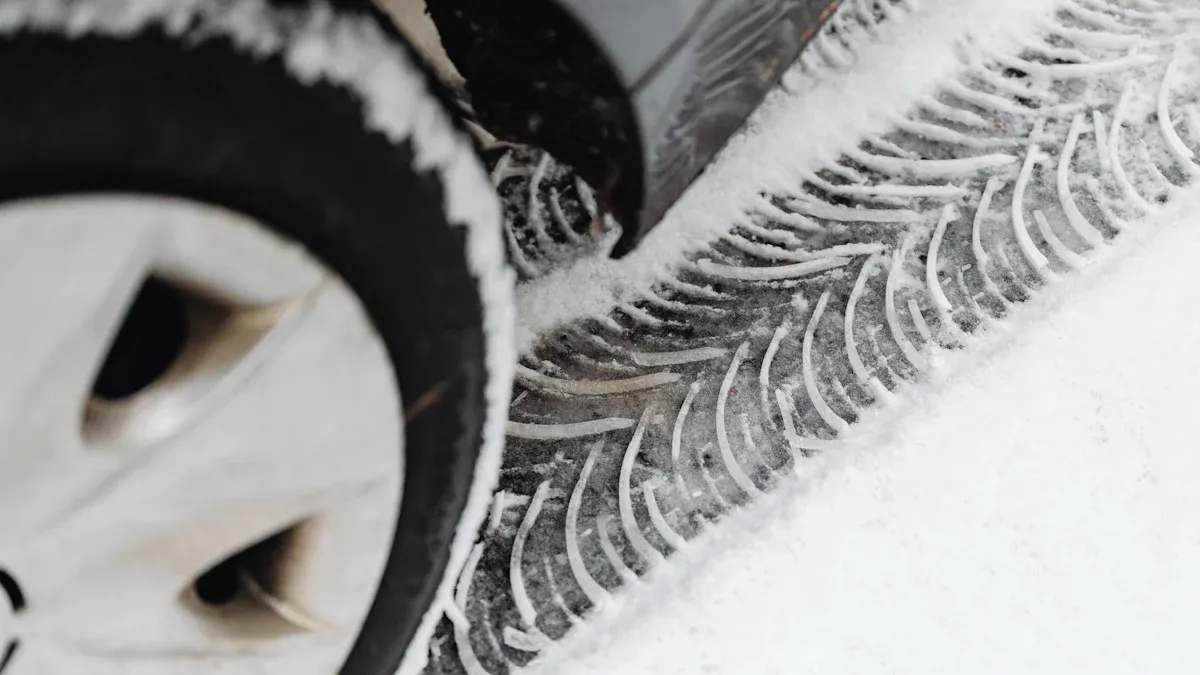
Señales de neumáticos desgastados
When your tires get old, you have a higher chance of skidding. Low tread depth makes it hard for your vehicle to grip icy and snowy roads. This can cause dangerous problems, especially when you need to stop quickly or turn sharply. Here are some signs that show your winter tires might be worn out and need to be replaced:
Tread Depth Below the Minimum Level: If your tread depth is less than 4/32 inches (3.2 mm), you should think about getting new tires.
Desgaste irregular: Check for uneven wear, which can happen from bad inflation or misalignment. This can really lower your grip.
Cracks or Bulges in the Sidewall: These signs mean damage and need quick fixing to avoid blowouts.
Loss of Traction on Snow and Ice: If your tires can’t grip the road well, even if the tread depth is okay, they might have hardened and lost their power.
Tire Age: Keep in mind that winter tires should usually be changed every six years, no matter the tread depth, because the rubber breaks down.
Frequent Air Pressure Loss: This could mean internal damage, showing you need new tires.
Driving on worn tires can make you stop longer. Experts say you should check your tire tread depth often in winter to keep good grip on slippery roads. Deeper treads are very important for holding traction on snow and ice. Without enough tread, your vehicle may take more time to stop, which raises the risk of skidding.
The results of longer stopping distances can be serious. For example, if you have to stop fast, worn tires can make your car unstable. You might find it tough to control your vehicle, especially in emergencies on snow. Longer stopping distances can make it hard to react quickly, putting you and others in danger.
Tire Tread Inspection Process
Checking your tires is very important for staying safe on winter roads. Looking at your tire tread depth helps you avoid skidding and keeps your car working well. Safety groups say you should check your tires every day and month. You should look for wear and tear before and after driving. Technicians need to check tire pressure and tread depth every month to keep you safe.
Using a Tread Inspection Tool
A tread inspection tool can help you check your tire tread depth correctly. Follow these steps to inspect your tires well:
Visual Inspection: First, look at your tires for built-in tread wear indicators, cracks, bulges, or objects stuck in them. Check for uneven wear that might mean problems with tire inflation, suspension, or alignment.
Prueba del penique: Take a penny and put it into a tread groove with Lincoln’s head upside down. If part of Lincoln’s head is covered, your tires are okay. If not, you should think about getting new tires.
Medidor de profundidad de la banda de rodadura: For the best measurement, use a special tire tread depth gauge. This tool can be digital or manual and will help you see if your tires are safe to drive.
Consejo: Always check tread depth in different spots on the tire: outside, inside, and middle. This gives you a full view of your tire’s condition.
There are different types of tread inspection tools you can use. Here’s a quick look at some common tools:
Tool Type | Accuracy Rate | Advantages | Disadvantages |
|---|---|---|---|
Drive-over Tire Tread Scanner | Better than manual methods | Fully automatic, fast measurements, automatic maintenance tips | Needs space, expensive, only for one purpose |
Big Tire Tread Scanning Machines | High accuracy (20 seconds) | Saves time, measures whole wheel stack at once | Costly, needs a lot of space, single-use |
Handheld Tire Tread Scanners | Very fast and accurate | Small, easy to carry, automatic diagnosis | Single-use, can be pricey |
Escáner móvil de banda de rodadura de neumáticos | Accurate to 0.3 mm | Very precise, no space issues, cost-effective | Needs training, initial cost for software |
Avoid common mistakes when checking your tire tread. These include measuring wrong, not checking for uneven wear, and missing foreign objects stuck in the tires.
To make sure your tread inspection results are right, follow these tips:
Put the gauge’s probe into the tire’s grooves.
Press the gauge’s body flat against the tread.
Read the measurement on the scale.
By checking your tire tread regularly, you can keep your vehicle safe and working well during winter driving.
Maintaining Winter Tires
Taking care of your winter tires is very important for safety and performance in cold weather. Here are some expert tips to help you keep your winter tires working well:
Check Tread Depth Regularly: Tread depth is key for moving rainwater and slush away. Look at your tires often, especially before winter starts. Change them when the tread depth is 4/32 of an inch (3.2 mm). This depth is important for good grip on snow and ice.
Maintain Proper Tire Pressure: Always check your tire pressure before you drive. Cold air can lower tire pressure, causing uneven wear and less grip. Make sure your tires are filled to the right levels for the best performance.
Rotate Your Tires: Rotating your tires regularly helps wear them evenly. This practice makes them last longer and improves grip on slippery roads. Uneven tire wear can make handling and stability worse, especially in winter.
Inspect for Damage: Look for cracks, bulges, or objects stuck in your tires. These problems can be dangerous. Check your tires after the weather changes, as cold can affect their condition.
Follow Manufacturer Recommendations: Stick to the manufacturer’s advice for tire rotation and care. This can help your winter tires last longer.
Store Tires Properly: When winter is over, clean and check your tires before storing them. Keep them in a cool, dry place away from sunlight and heat. Use storage bags or covers to keep them safe from dust and moisture.
Install Four Winter Tires: Always put on a full set of four winter tires. This keeps your vehicle stable and safe. Using only two winter tires can hurt your vehicle’s handling and braking.
Ignoring winter tire care can lead to serious problems. You might have a higher chance of blowouts, poor grip, and less braking power. These issues can greatly affect your safety on winter roads.
By following these tips, you can make sure your winter tires work well, keeping you safe while driving.
Checking your tires often is very important for safe winter driving. It helps you prevent skidding and makes sure your tires work well. Here are some things you should do:
Learn how to control a skid.
Use the right way to stop.
Don’t use cruise control on slippery roads.
Get to know your car’s safety features.
Before you drive, check your battery, tires, lights, and heater. Keep a winter emergency kit in your car with blankets and a flashlight. Stay safe this winter!
Preguntas frecuentes
¿Cuál es la profundidad mínima de la banda de rodadura para neumáticos de invierno?
The minimum tread depth for winter tires is 4/32 inches (3.2 mm). Below this, you risk reduced traction on snowy and icy surfaces.
How often should I check my tire condition?
You should check your tire condition monthly. Regular tire inspections and services help ensure your tires provide superior traction in winter.
What are the dangers of ignoring tire tread?
Ignoring tire tread can lead to poor traction and increased skidding risk. Always monitor tread depth to maintain winter readiness.
Ver también
Uso de un medidor de profundidad de banda de rodadura para mediciones precisas

